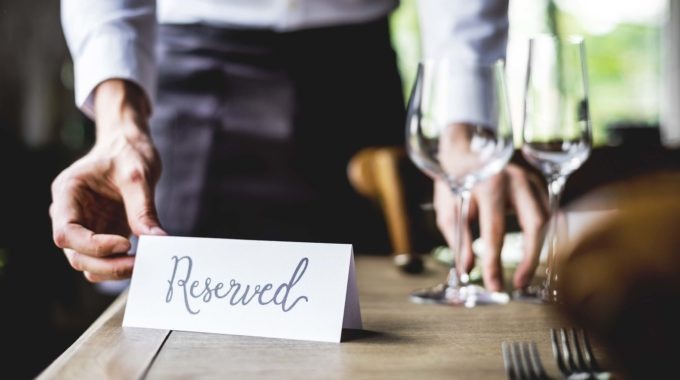Plan to blacklist restaurant no-shows
A hospitality industry veteran has come up with a controversial system to help tackle a trend that’s plaguing our struggling restaurant owners – people who make bookings and don’t show up. The No-Show website is an easy-to-use database that saves the phone numbers of customers who habitually book at restaurants to reserve a table, but then don’t show up – and don’t tell the restaurant they won’t be coming.
The national database of no-shows aims to protect restaurants in the future from the financial and emotional expense of preparing for a booking that never eventuates.
No-show customers have been one of the major problems confronting an already beleaguered hospitality industry, and Perth-based restaurateur and No-Show website creator Mark Diels felt it was time to take drastic steps to put an end to the no-show trend.
“Being a restaurant owner myself, I know how much effort we put into every reservation, and how heart-breaking it is when someone doesn’t show up,” he says.
“I also know how little time restaurant owners have, so I wanted this to be an easy, cost-effective solution for them to protect themselves, their staff and their other customers from a problem that is only getting worse.”

Here’s how No-Show works:
• Restaurateurs subscribe to the website for an annual fee to gain access to the database.
• When a booking comes in, they cross-reference the phone number of the patron making the booking to ensure the number is not already in the system as a no-show offender.
• The restaurant can then decide the best course of action themselves, but at the very least can prepare for the possibility of a no-show.
• If the patron doesn’t turn up without notification, they log the number in the database.
• They can also rate customers to warn other restaurateurs of potential problem patrons.
• The phone number of the no-show offender expires after two years.

Diels says the solution is not only simple, it’s cost-effective: “Just one prevented no-show a year would easily cover the $99 subscription fee,” he says. “This is about the restaurant industry coming together to help each other out and protect our livelihood.”
For years, restaurants have copped unwarranted negative online reviews from customers with little opportunity for recourse. The No-Show database offers a star rating feature for staff to provide feedback on their customers, which can be shared with the industry.
Staff can enter a score against the phone number of the booking for punctuality, the treatment they received and whether the booking arrived with the correct number of guests as per the reservation.
Diels says taking credit card details or deposits isn’t a solution as it can lead to unhappy customers who might prefer to book at a restaurant that doesn’t demand a deposit.
“Customers can be put off by having to pay for a booking or hand over their credit card details,” he says. “For many, it breaches the pleasure aspect of dining out.”
Thanks to websites, email and apps, restaurant bookings have become almost too easy to make. This means that, for some people, bookings are also easy to break. Diels hopes that No-Show will lead to a change in the way patrons view restaurant bookings.
“An industry website is where this starts,” he says. “The culture needs to change”.









